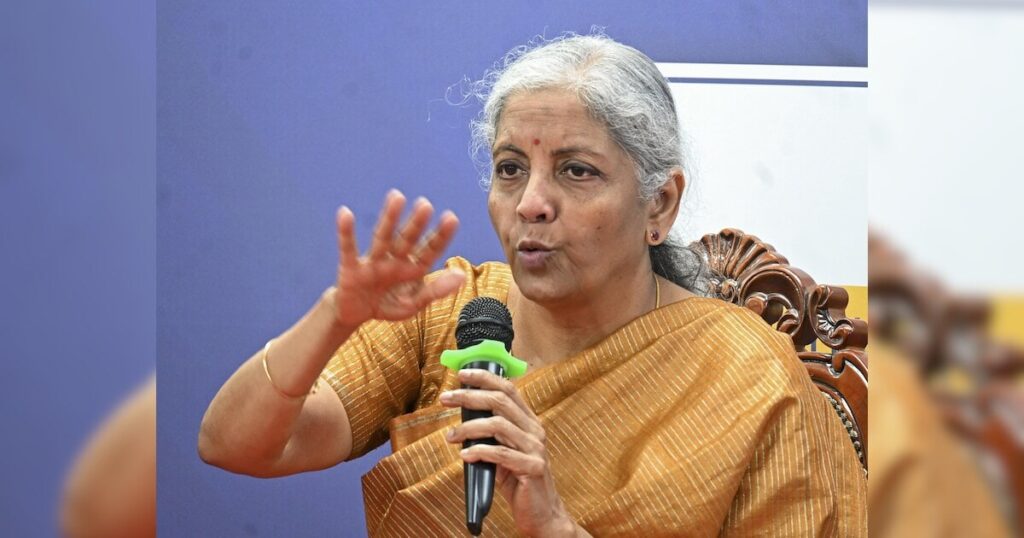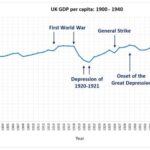JAISALMER: State finance ministers urged Union Finance Minister Nirmala Sitharaman on Friday to increase allocations for the 50-year interest-free loans to states for capital expenditure and to raise their borrowing limits in the upcoming Union Budget for 2025-26.
“We have asked the Centre to raise states’ borrowing limit to 3.5 per cent of GSDP (gross state domestic product) from the current 3 per cent. We also sought permission to borrow above the 3.5 per cent limit for centrally sponsored schemes. Additionally, we requested extra borrowing of around Rs 6,000 crore for infrastructure financing and the continuation of GST compensation cess funds to states,” said Kerala Finance Minister K N Balagopal after the pre-Budget consultations with Sitharaman.
Andhra Pradesh Finance Minister Payyavula Keshav noted: “The finance minister has heard our views. The big demand by us, and other states, was increasing support for capital expenditure. We are hopeful for the Centre’s support. We’ve also put forth a request for a special financial package.”
Underscoring that Punjab is a border state, its Finance Minister Harpal Singh Cheema, demanded it be provided tax incentive schemes similar to those given to Jammu & Kashmir and Himachal Pradesh. “Additionally, we need funding for drone infrastructure, for which we have requested Rs 1,000 crore.”
States stressed that long-term loans are essential for funding infrastructure projects without straining their financial resources with interest payments, according to sources. They also appealed for greater flexibility under the Special Assistance for Capital Investment (SASCI) scheme, seeking more autonomy to address state-specific infrastructure needs and expedite project execution.
The demand for expanded borrowing space is seen as critical for maintaining economic momentum, particularly in light of rising expenditures on public services and development projects.
Infrastructure development emerged as a key focus area, with states calling for dedicated funding for state-specific road and railway projects. They emphasised the need for the Centre to address regional disparities by allocating resources tailored to the unique connectivity needs of individual states, the sources revealed.
The issue of ASHA workers’ honorarium was also raised, with many states pushing for a hike in payments to Accredited Social Health Activists. These workers play a crucial role in delivering health care at the grassroots, particularly in rural and underserved areas. States argue that higher honorariums are necessary to sustain and motivate this vital workforce.
Several states also requested greater central government support in land acquisition costs for infrastructure projects, highlighting land acquisition as a significant bottleneck. They believe that increased central funding could help accelerate project timelines and reduce the financial burden on local governments.
Fiscally stressed states, including Punjab and Kerala, according to the sources, called for special financial packages to address their economic challenges. Such packages would include increased loans, grants, and enhanced borrowing flexibility to stabilise state finances and ensure uninterrupted public services.
Given the rising frequency of natural disasters, states pressed for additional funding for disaster relief. They urged higher allocations to the State Disaster Response Fund (SDRF) to boost preparedness and ensure faster responses to emergencies.
Kerala sought a Rs 24,000 crore special package for two years starting FY26, including Rs 2,000 crore for Wayanad floods and Rs 5,000 crore for Vizhinjam Port.
Along with Union Minister for State for Finance Pankaj Chaudhary, the meeting was also attended by the chief ministers of Goa, Haryana, Jammu and Kashmir, Meghalaya and Odisha; the deputy chief ministers of Arunachal Pradesh, Bihar, Madhya Pradesh, Rajasthan, and Telangana; the finance ministers of states/UTs; secretaries of the Departments of Economic Affairs and Expenditure; and senior officials of the Ministry of Finance.
Source: Business Standard

 UK Economy Seeking To Strike A Balance Amidst GDP Decline
UK Economy Seeking To Strike A Balance Amidst GDP Decline 